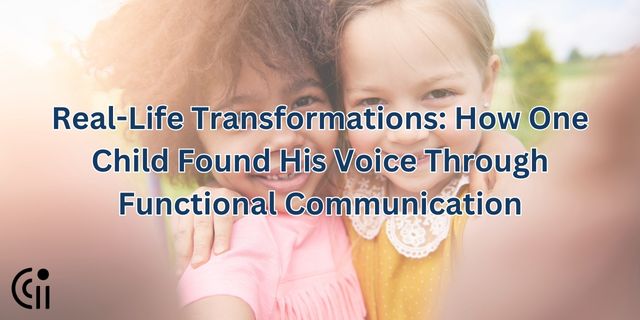The quality of sleep you receive every night affects your cognition, behavior, and satisfaction with life. Lack of quality sleep can be detrimental for adolescents and adults. Sleep disorders impact many individuals with autism. Many families struggle with co-sleeping, night-time tantrums, and early rising.
There is an abundance of resources and behavior interventions to help families with morning and night-time routines. The three behavior interventions that we will discuss are positive routines, bedtime passes, and graduated extinction.
Creating a Positive Routine
Positive routines include engaging in 4-7 enjoyable behaviors lasting 30-40 minutes prior to bedtime. When engaging in the behaviors, a highly preferred activity to a lesser preferred activity would need to be implemented. For example, start the routine off by doing one of the child’s preferred tasks, such as running or jumping.
After the first activity, each additional activity should be less exciting/fun/preferred than the previous one. To complete the chain, reading a book would be an example of a lesser preferred activity to end the enjoyable activities. If the child engages in tantrum behavior at any time during the routine, the routine should end, and the parent should redirect the child to bed. Using a visual schedule would be a bonus tool to help the child transition through each step.
Graduated Extinction
Graduated extinction involves discontinuing reinforcement to the behavior to decrease occurrences of the problem behaviors. Most extinction protocols recommend waiting 20 minutes after the child has gone to bed if they are still crying out. After the check, if the child is still crying out throughout the night, respond every 10 minutes. With the following nights, the time between each check is increased by 5 minutes.
Bedtime Pass
A bedtime pass would be beneficial for children who have functional communication. This means they can effectively communicate their wants and needs to others. The bedtime pass gives the child one free pass to leave the bedroom for a bathroom break, drink, or a hug from a parent/guardian. After the pass is used, additional requests are ignored, and the child is redirected to the bedroom. With this procedure, the parent reinforces positive social behavior and implements the extinction of problematic behavior.
Please reach out to your BCBA if you have any questions or concerns about working on your child’s communication system.
About Circle City ABA
Circle City ABA has state-of-the-art autism centers in Arizona, Georgia, Indiana, Iowa, and Nebraska. We passionately nurture progress through play with ABA therapy. We develop programs and services specifically designed for each child. Our child-centered, compassionate approach to therapy brings family goals and clinical best practices in tandem to help kids learn and grow.
We’ll work together to define success and help your child achieve it. Contact our admissions team for more information on our services and how we can support you and your child. Find a location near you!
Sources:
- Delemere, E., & Dounavi, K. (2018, April). Parent-Implemented Bedtime Fading and Positive Routines for Children with Autism Spectrum Disorders. Retrieved from https://www.ncbi.nlm.nih.gov/pmc/articles/PMC5861169/#!po=76.8750
- Freeman, K. A. (2006). Treating bedtime resistance with the bedtime pass: A systematic replication and component analysis with 3-year-olds. Retrieved from https://www.ncbi.nlm.nih.gov/pmc/articles/PMC1702334/
- Mindell, J. (1999, January 01). Empirically supported treatments in pediatric psychology: Bedtime refusal and night wakings in young children. Retrieved from https://www.ncbi.nlm.nih.gov/books/NBK67653/


